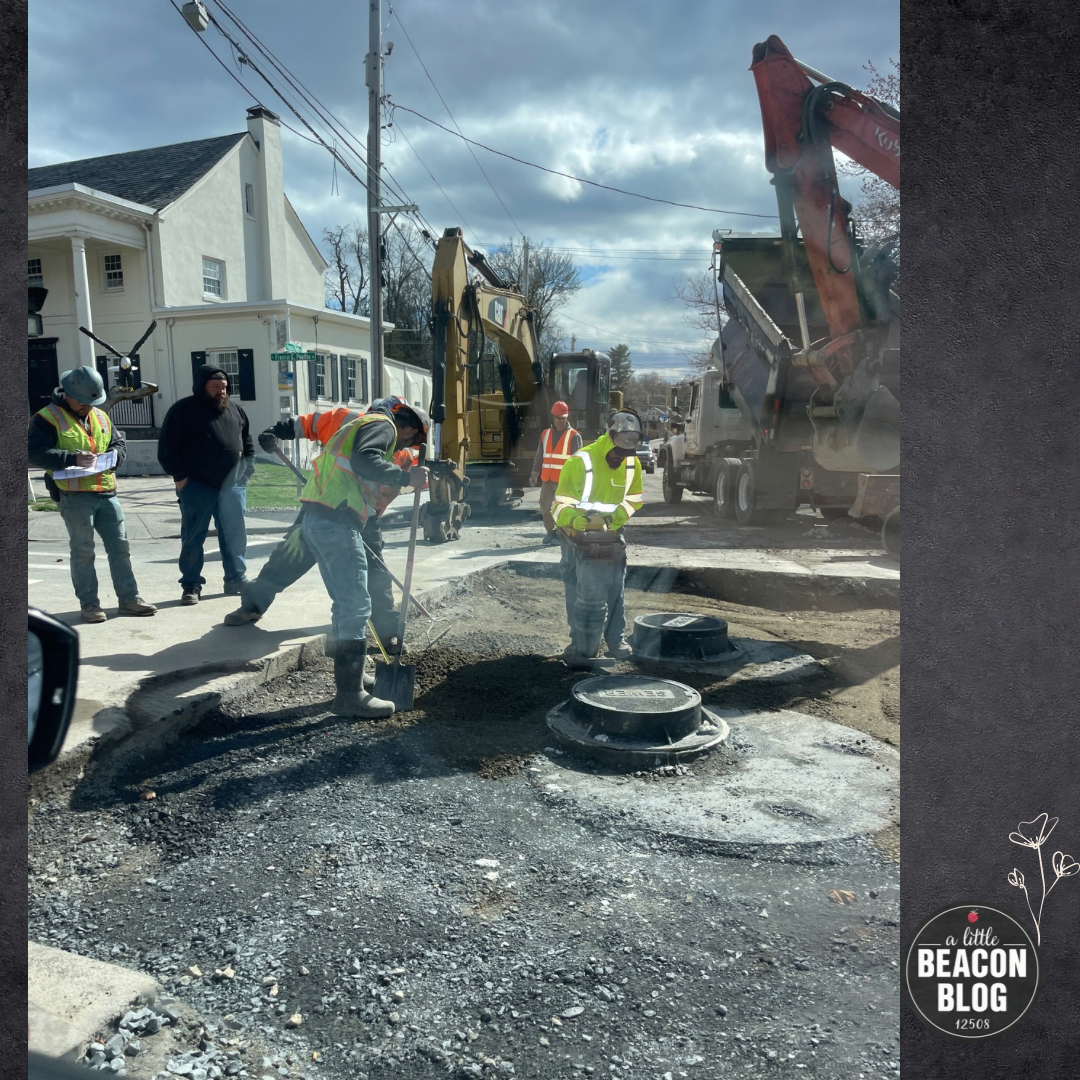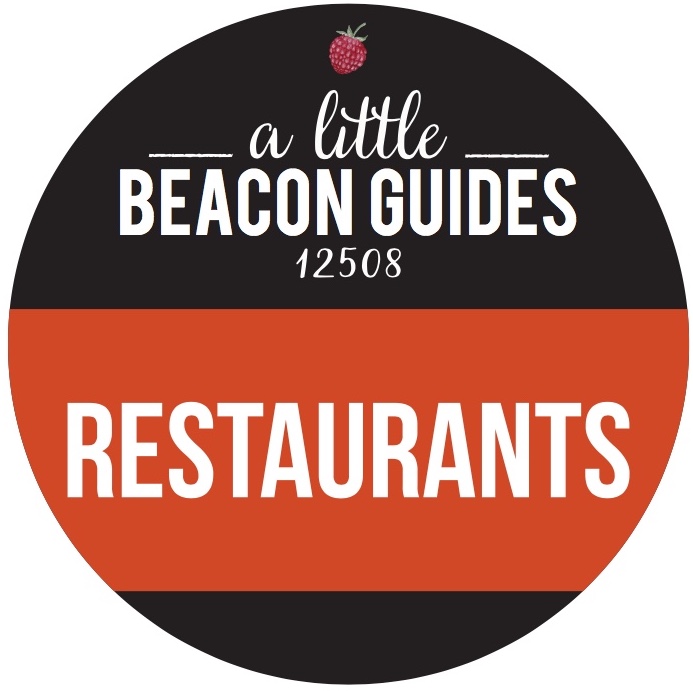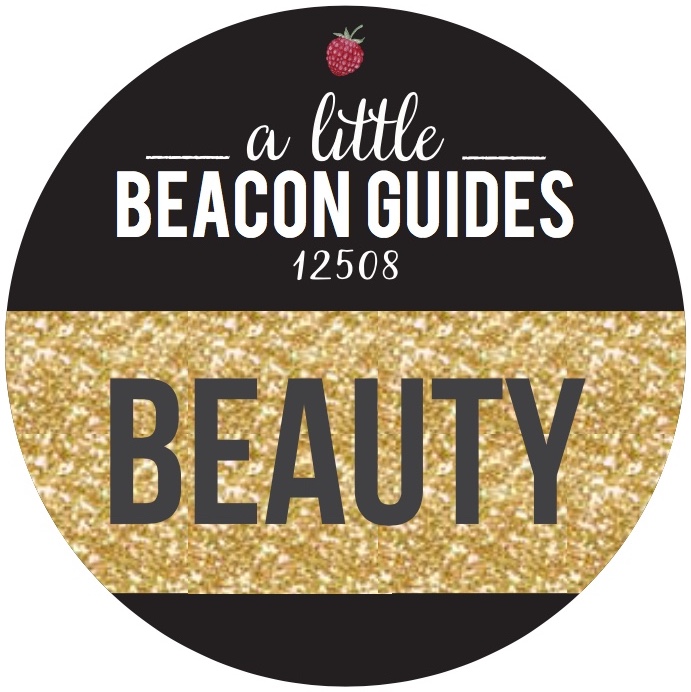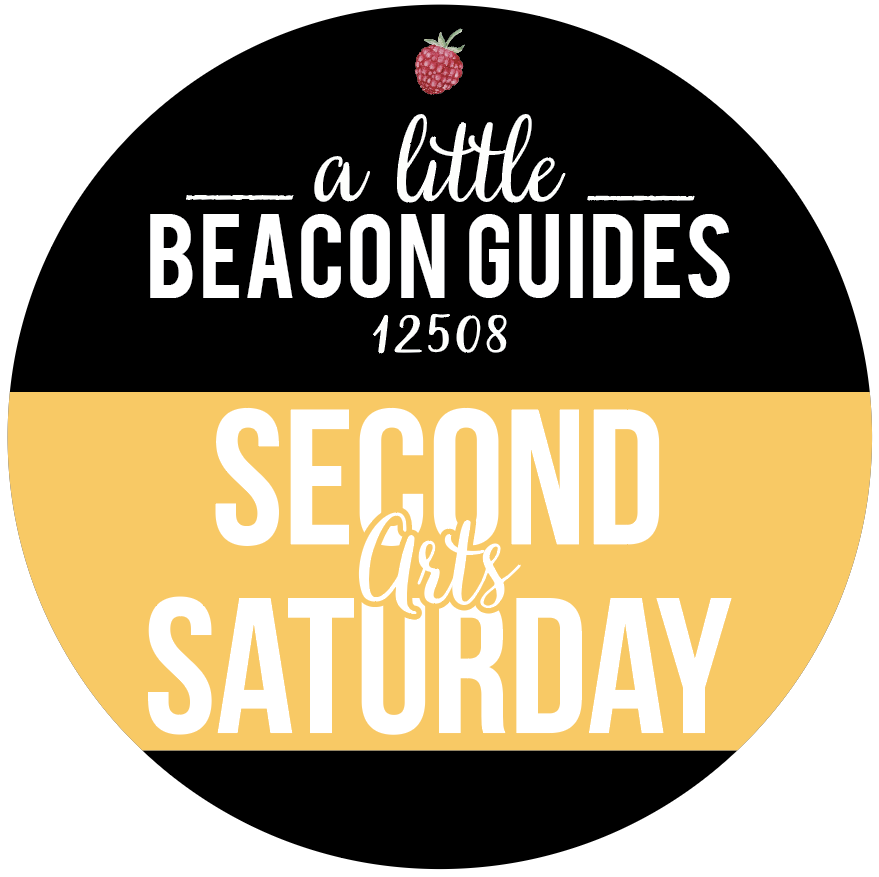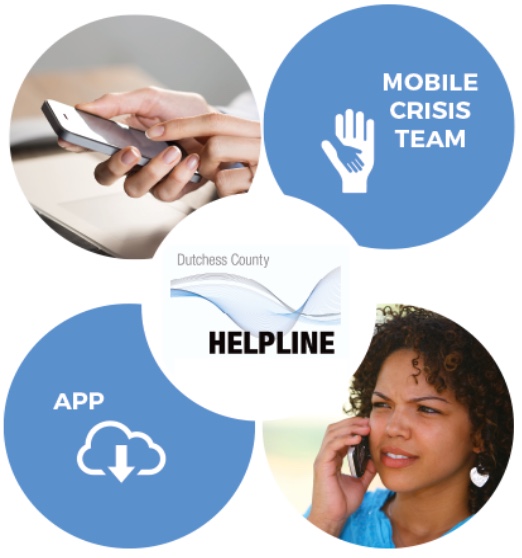Rental Application Assistance (Ayuda) Offered By Community Action For NY State Emergency Rental Assistance Program
/June 1, 2021 was the first day that the Emergency Rental Assistance Program opened in New York State. Money is on the table to help those who meet income thresholds, and within the order of priorities. Getting that money can be confusing, as you wade your way through applications. Community Action Partnership for Dutchess County, with an office on Main Street in Beacon, says they are here to help. Their Beacon office is on 10 Eliza Street, which is in the Rite Aid parking lot behind Antalek and Moore Insurance.
To help you apply: call Community Action Partnership for Dutchess County at 845-452-5104 or email info@dutchesscap.org. You can also visit www.dutchesscap.org and click “Apply for Services.”
How Community Action Helps With The Application:
We asked Samantha Riley, Director of Family Resources for Community Action, to walk us through how Community Action helps with the applicaation process, and what kind of issues people have come up against. Here’s what she told us:
“We are available to help screen for eligibility and to assist with families with applying for the program. This looks different for every person depending on their ability. The application must be completed online by both the tenant and landlord. Some families just need to be talked through the process and can apply on their own, and others can’t do it on their own for various reasons.”
Samantha continued: “Our first priority for assisting families with applying is to assist those who do not have internet access at home. For those families, if they just need access to a computer we have a computer at each of our locations for the public to use. If families need help filling out the application, we can assist them 1:1 either in person or over the phone; preferably by appointment.
“The required Documents need to be uploaded to the online application. We mostly right now are getting calls about families needing help with that process, which we can help with.”
To help you apply: call Community Action Partnership for Dutchess County at 845-452-5104 or email info@dutchesscap.org. You can also visit www.dutchesscap.org and click “Apply for Services.”
About New York State Emergency Renal Assistance Program (ERAP)
The New York State Emergency Rental Assistance Program (ERAP) will provide significant economic relief to help low and moderate-income households at risk of experiencing homelessness or housing instability by providing rental arrears, temporary rental assistance, and utility arrears assistance.
Eligibility
New York residents are eligible for ERAP if they meet all of the following criteria:
Household gross income is at or below 80 percent of the Area Median Income (AMI). These income limits differ by county and household size. A household may qualify based on current income or calendar year 2020 income that is at or below 80 percent AMI.
On or after March 13, 2020, a member of the household received unemployment benefits or experienced a reduction in income, incurred significant costs, or experienced financial hardship, directly or indirectly, due to the COVID-19 pandemic.
The applicant is obligated to pay rent at their primary residence and has rental arrears (rent overdue) at their current residence for rent owed on or after March 13, 2020.
The household must be at risk of experiencing homelessness or housing instability, which can be demonstrated by having rental arrears owed on or after March 13, 2020.
Benefits
Households approved for ERAP may receive:
Up to 12 months of rental arrears payments for rents accrued on or after March 13, 2020.
Up to 3 months of additional rental assistance if the household is expected to spend 30 percent or more of their gross monthly income to pay for rent.
Up to 12 months of electric or gas utility arrears payments for arrears that have accrued on or after March 13, 2020.
Apply
Program open as of June 1, 2021. Applications are now being accepted. Apply here >
To help you apply: call Community Action Partnership for Dutchess County at 845-452-5104 or email info@dutchesscap.org. You can also visit www.dutchesscap.org and click “Apply for Services.”
El dinero está aquí para ayudar a aquellos que están económicamente aplastados por la pandemia, pero solicitarlo puede ser un trabajo de tiempo completo, además de ser difícil de entender. ¡La Asociación de Acción Comunitaria del Condado de Dutchess tiene un programa para eso! Samantha Riley de Community Action se ha acercado al Blog de A Little Beacon con la esperanza de hacer correr la voz de que están aquí para ayudar. Así es como funciona: El Programa de asistencia de emergencia para el alquiler del estado de Nueva York (ERAP) proporcionará un alivio económico significativo para ayudar a los hogares de ingresos bajos y moderados en riesgo de quedarse sin hogar o inestabilidad de la vivienda al proporcionar asistencia para el alquiler atrasado, asistencia temporal para el alquiler y asistencia para el pago de servicios públicos.
Elegibilidad
Los residentes de Nueva York son elegibles para ERAP si cumplen con todos los siguientes criterios:
El ingreso bruto del hogar es igual o inferior al 80 por ciento del ingreso medio del área (AMI). Estos límites de ingresos difieren según el condado y el tamaño del hogar. Un hogar puede calificar según los ingresos actuales o los ingresos del año calendario 2020 que sean iguales o inferiores al 80 por ciento del AMI.
A partir del 13 de marzo de 2020, un miembro del hogar recibió beneficios por desempleo o experimentó una reducción en sus ingresos, incurrió en costos significativos o experimentó dificultades financieras, directa o indirectamente, debido a la pandemia de COVID-19.
El solicitante está obligado a pagar el alquiler en su residencia principal y tiene atrasos en el alquiler (alquiler vencido) en su residencia actual por el alquiler adeudado a partir del 13 de marzo de 2020.
El hogar debe estar en riesgo de experimentar falta de vivienda o inestabilidad de la vivienda, lo que puede demostrarse si se adeudan pagos de alquiler a partir del 13 de marzo de 2020.
Beneficios
Los hogares aprobados para ERAP pueden recibir:
Hasta 12 meses de pagos atrasados de alquiler para alquileres acumulados a partir del 13 de marzo de 2020.
Hasta 3 meses de asistencia adicional para el alquiler si se espera que el hogar gaste el 30 por ciento o más de sus ingresos brutos mensuales para pagar el alquiler.
Hasta 12 meses de pagos atrasados de servicios públicos de electricidad o gas por atrasos que se hayan acumulado a partir del 13 de marzo de 2020.
Solicitar
Programa abierto a partir del 1 de junio de 2021. Ahora se aceptan solicitudes. Aplicar aquí>
Dutchess Community Action Partnership is open Monday - Friday from 8:30 am - 4:30 pm. Contact them by phone: 844-NY1RENT (844-691-7368)
For the hearing impaired, TTY phone number: 1-833-843-8829.













